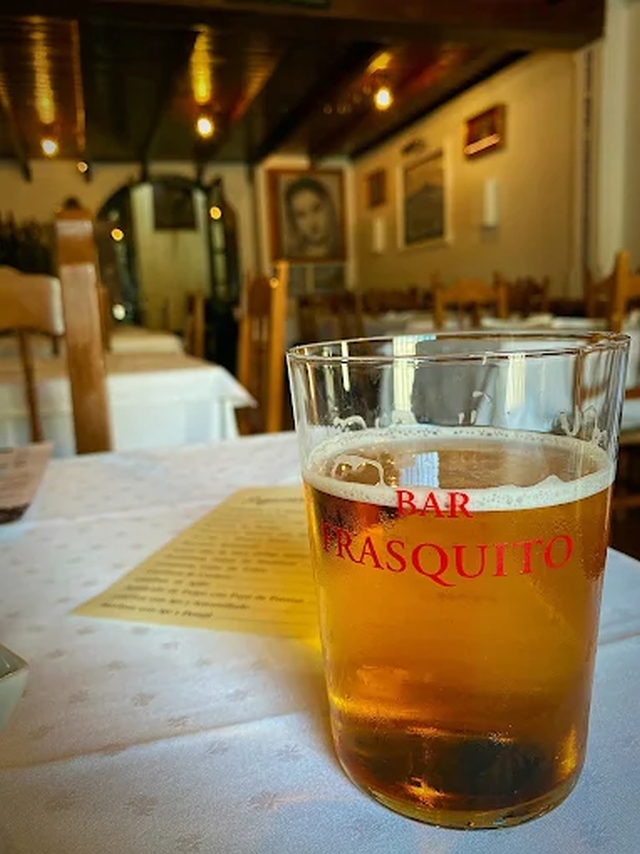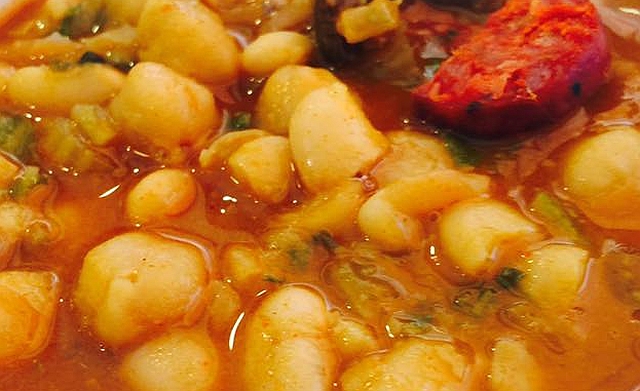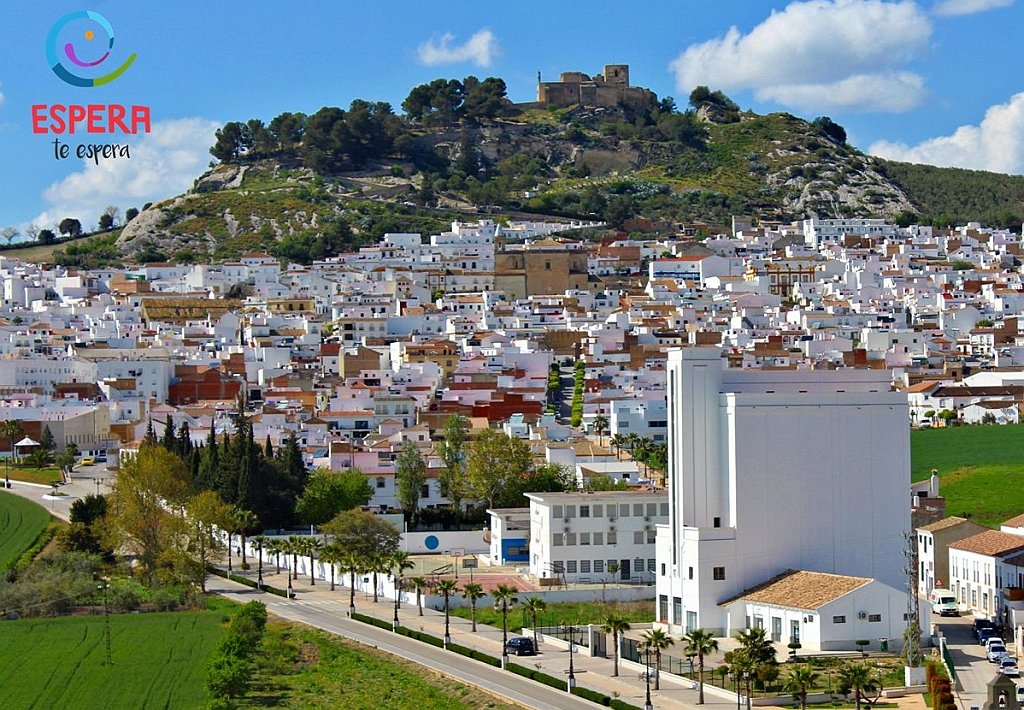Located about 70 kilometres from Cádiz, the town of Espera is part of the famous Route of the White Villages (Ruta de los Pueblos Blancos). It sits at the crossroads of the Sierra de Cádiz and the surrounding plains, offering a unique combination of natural beauty, historical landmarks, and rural tourism.
With its ancient roots, Espera is an ideal destination for those seeking to explore Andalusia’s rich history, enjoy local gastronomy, and experience traditional village life.
Where to stay in Espera?
Check out booking.com for offers in and around Espera.
Historical Origins of Espera
Espera’s history stretches back to prehistoric times. Archaeological evidence shows that the area was inhabited during the Palaeolithic period, with several collections of stone tools unearthed in the region. Later, the town was influenced by various cultures, including the Turdetans, Iberians, and Carthaginians. However, it was during Roman rule that Espera became a significant settlement with the establishment of the towns of Carissa Aurelia and Esperilla.

In 1251, Fernando III of Castile reclaimed the territory for the Christians, transforming Fatetar Castle into a key defensive stronghold. The town began to grow beyond the castle’s original walls, forming two distinct areas: the Old Town within the castle grounds and the “New Town”, where the present-day village is located.
The 17th century was particularly harsh on Espera, with three devastating earthquakes and a plague outbreak. In 1810, during the Peninsular War, the French army occupied and restored Fatetar Castle.
By the 20th century, many locals left Espera in search of better economic opportunities, a trend common in rural Andalusian towns.
Getting to Espera
By car, Espera is easily accessible from Cádiz, located approximately 70 kilometres away, with a travel time of about 1 hour. The drive is pleasant and scenic, passing through rolling hills, olive groves, and picturesque whitewashed villages. From Jerez de la Frontera, Espera is just 45 minutes away, while travellers from Seville can reach the town in about 1 hour and 15 minutes.
Public transport is available, with regular bus services connecting Espera to neighbouring towns such as Arcos de la Frontera and Villamartín.
A short video (In Spanish) showing the town and the surrounding countryside
Economy and Rural Life
The economy of Espera has historically been tied to agriculture, with crops such as cereals, sugar beets, and sunflowers dominating local production. However, rural tourism is increasingly playing a vital role in the town’s development. Visitors come to enjoy the tranquillity of the countryside, explore historical sites, and discover the unique culture and traditions of this Andalusian town.
Climate and Natural Surroundings
Espera enjoys a Mediterranean climate, characterised by hot summers and mild winters. The average annual temperature is 18.1°C, with summer highs reaching 34.7°C and winter lows around 5.1°C. Annual rainfall is moderate, averaging 605 mm, providing lush landscapes that contrast with the arid hillsides.

The town is surrounded by beautiful natural areas, including the Natural Reserve of the Endorheic Complex of Espera, home to three lagoons: Hondilla, Salada de Zorrilla, and Dulce de Zorrilla. These lagoons are important habitats for migratory birds and were declared Zoological Integral Reserves in 1987.
Gastronomy in Espera
Where to eat in Espera
There are a few places to eat in Espera and they are all pretty good but when I am there I always head for bar Frasquito. The service is great and the prices too!

Snacks and starters
Tortillas de Camarones (shrimp fritters) are a must-try, offering a crispy and savoury bite, while Patatas Aliñadas (seasoned potatoes) and Huevas Aliñadas (marinated fish roe) make for refreshing starters. Gazpacho Jerezano and Ajo Blanco Serrano are perfect for warm days, blending tomatoes, garlic, and almonds into a chilled soup.

Stews and meats
Game meats like venison and rabbit are often served in hearty stews. One popular dish is Conejo con Garbanzos, a rich rabbit and chickpea stew flavoured with local spices. Rabo de Toro (oxtail stew) and Menudo con Garbanzos (tripe and chickpea stew) are also typical favourites.

Fish dishes
For seafood lovers, dishes such as Dorada a la Sal (salt-crusted sea bream), Cazón en Adobo (marinated dogfish), and Atún Encebollado (tuna with onions) highlight the bounty of the nearby coast.

For the sweet tooth people?
Desserts in Espera often reveal a strong Moorish influence, with sweet treats like Pestiños (honey-soaked pastries), Tocino del Cielo (rich egg yolk flan), and Arroz con Leche (rice pudding). Seasonal fruits, such as quince and orange jelly, also feature prominently in local desserts.
Cultural and Historical Landmarks
Espera is home to several important historical sites and landmarks.
Fatetar Castle, perched on a hilltop, offers panoramic views of the surrounding countryside. Its architecture is a blend of Roman, Nasrid, and medieval Christian styles, with sections of the original Roman walls still visible.

Nearby, the Hermitage of Santiago houses the Cristo de la Antigua, a revered religious image from the late 16th century. The Church of Santa María de Gracia, a Renaissance-style temple built between the 16th and 18th centuries, is considered one of the most beautiful churches in the region.
The Carissa Aurelia Roman Ruins

Festivals and Local Traditions
Espera’s calendar is filled with vibrant festivals that showcase the town’s rich traditions.
In January, the “Marathon of the Turkey” takes runners on a 16-kilometre course through the town’s streets. February marks the start of Carnival, celebrated with parades, costumes, and a unique event known as the Chorizada, where residents gather to enjoy chorizo tastings.
Semana Santa, held in April, is a deeply spiritual event with elaborate processions. In May, the Romería de San Bernardino brings the town together for a colourful pilgrimage, with horse-drawn carriages and traditional costumes.
The highlight of the year is the Fiestas Patronales, held in September in honour of the Santo Cristo de la Antigua. This festival is marked by religious ceremonies, music, and a solemn procession through the town’s steep, winding streets.
Ronda Today
Everything you need to know before you visit Ronda “The city of dreams” in Andalucia. https://www.rondatoday.com/
Visit Cádiz
Planning on visiting Cádiz? Tourist information. Monuments. Hotels. Activities. City guides: https://visitingcadiz.com/
The Caminito del Rey
Find tickets for the Caminito del Rey: https://www.caminodelrey.es/
Wildside Holidays – Spain
Take a trip on the Wildside! Discover the wildlife and nature of Spain, its Natural and National Parks and find the top wildlife, activity and walking holiday companies.
Iberia Nature Forum
Discover the Iberia Nature Forum – Environment, geography, nature, landscape, climate, culture, history, rural tourism and travel.
I’ve been living in this lovely area of Western Andalucia for the last 20 years or so and dedicate most of my time to the running of English language tourist information websites for the towns of Cádiz, Ronda, Grazalema, the famous or infamous Caminito del Rey, and also Wildside Holidays, which promotes sustainable and eco-friendly businesses running wildlife and walking holidays in Spain. My articles contain affiliate links that will help you reserve a hotel, bus, train or activity in the area. You don’t pay more, but by using them you do support this website. Thankyou!
